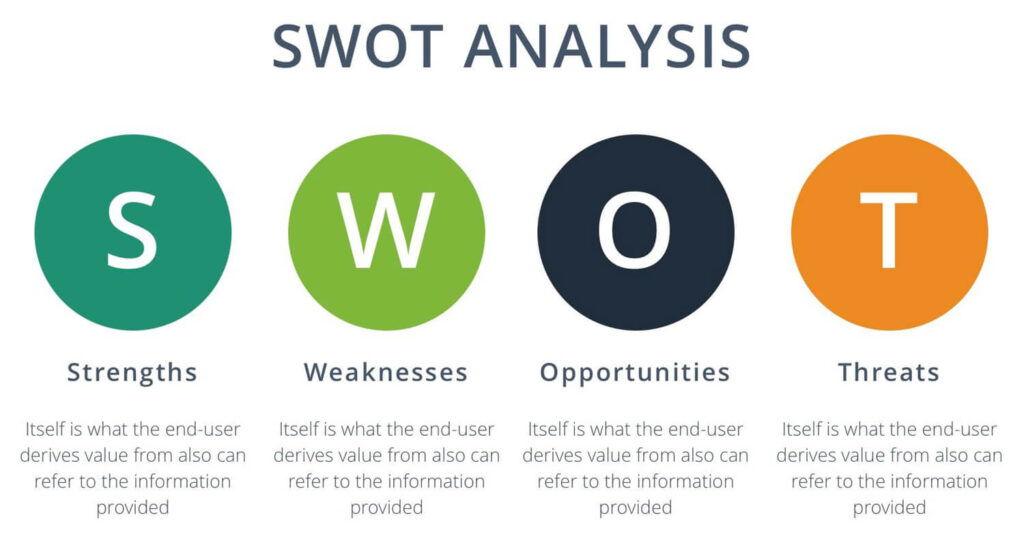If you want to become a leader who inspires your team to solve problems, instead of just identifying them, you must first translate that desire into a specific action plan.
That means having a true understanding of who you are as a leader today, and how other people perceive you:
- What are the opportunities that exist for your team as you pursue greatness together, and what are those things that might divide you or get you off track?
- How are you contributing to the way things are now?
Once you have a full understanding of how your leadership is impacting those around you, as well as the potential that exists for improvement, you can begin to put together a plan that helps you prioritize where to focus your energy as you grow as a leader.
Here are the steps I generally recommend to the leaders I coach and consult with:
1. Take stock of the current state of your leadership
Complete a personal SWOT (Strengths, Weaknesses, Opportunities, or Threats) analysis. Notice your personal strengths, and those areas where you need to improve.
What opportunities could your evolved leadership bring to the table?
If you don’t take action to grow and develop, what might be the worst case scenario?

2. Review your list and rank your results in order of importance or leverage
Now, ask yourself:
From the weakness perspective, what is causing the most distraction that, if addressed, would free up space for better leadership choices?
From the strengths’ perspective, what is the highest priority focus that, if addressed, is the one action that will eliminate three or four other issues when improved or leveraged?
4. Create a SMART action plan to make incremental improvements
Now you have a specific outcome with an expiration date, how can you use that to outline a SMART action plan with key milestones and deliverables that must be completed for you to achieve your desired outcome?
SMART stands for Specific, Measurable, Actionable, Realistic, and Time-bound. So, be clear about what you’re setting out to work on, and make sure you’re being realistic about the time it will take. At the same time, create a deadline that will operate as your North Star and give you something to work toward.
3. Pick one (for now)
Based on the above, decide on what you most need to address, based on the positive impact it is likely to have – for you, your team, and your organization.
Can you turn this into a specific outcome with an expiration date that will keep you headed in the right direction, while providing a tool for future measurement?
5. Shift into action
Come back to your plan often. Log your progress, acknowledge your accomplishments, and add new goals if it’s helpful to help you stretch into your full potential.
When you plan this way, victory comes swiftly. Stay inspired!
This article is adapted from my book, The Humanized Leader. You can grab your own copy here. I also invite you to download two free chapters here.





